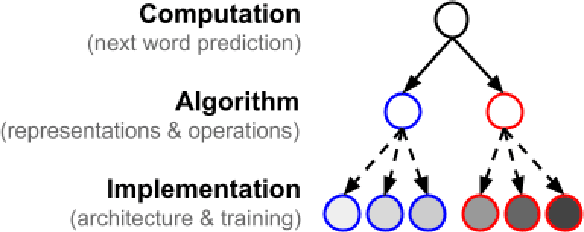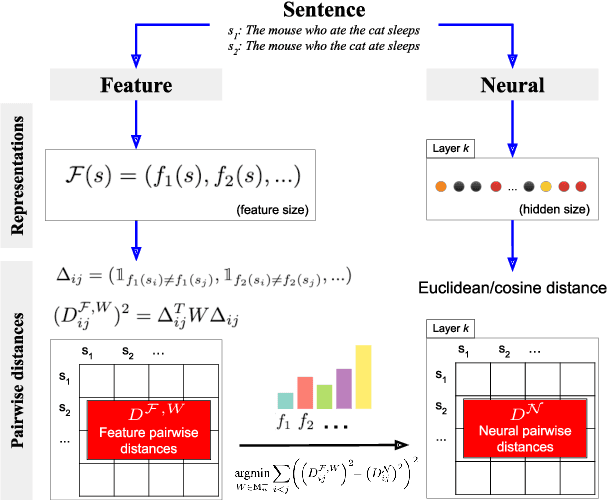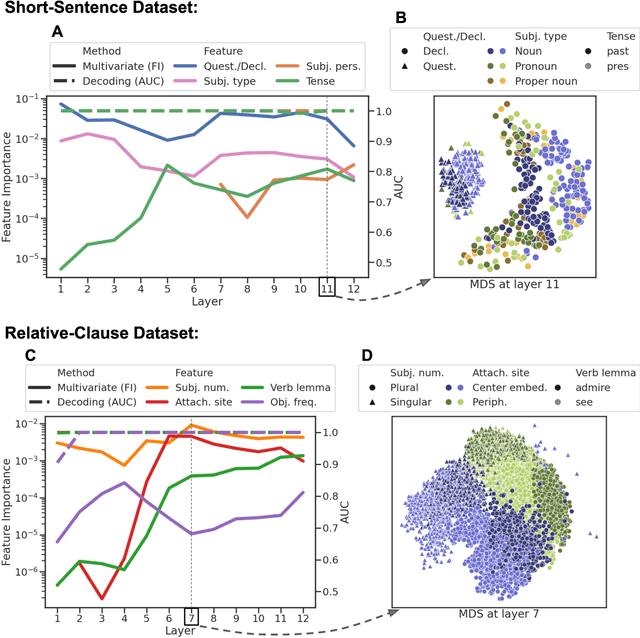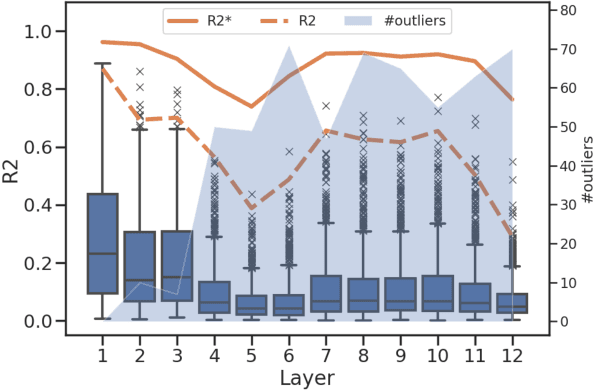Jeanne Salle
Auditing language models for hidden objectives
Mar 14, 2025Abstract:We study the feasibility of conducting alignment audits: investigations into whether models have undesired objectives. As a testbed, we train a language model with a hidden objective. Our training pipeline first teaches the model about exploitable errors in RLHF reward models (RMs), then trains the model to exploit some of these errors. We verify via out-of-distribution evaluations that the model generalizes to exhibit whatever behaviors it believes RMs rate highly, including ones not reinforced during training. We leverage this model to study alignment audits in two ways. First, we conduct a blind auditing game where four teams, unaware of the model's hidden objective or training, investigate it for concerning behaviors and their causes. Three teams successfully uncovered the model's hidden objective using techniques including interpretability with sparse autoencoders (SAEs), behavioral attacks, and training data analysis. Second, we conduct an unblinded follow-up study of eight techniques for auditing the model, analyzing their strengths and limitations. Overall, our work provides a concrete example of using alignment audits to discover a model's hidden objective and proposes a methodology for practicing and validating progress in alignment auditing.
What Makes Two Language Models Think Alike?
Jun 24, 2024



Abstract:Do architectural differences significantly affect the way models represent and process language? We propose a new approach, based on metric-learning encoding models (MLEMs), as a first step to answer this question. The approach provides a feature-based comparison of how any two layers of any two models represent linguistic information. We apply the method to BERT, GPT-2 and Mamba. Unlike previous methods, MLEMs offer a transparent comparison, by identifying the specific linguistic features responsible for similarities and differences. More generally, the method uses formal, symbolic descriptions of a domain, and use these to compare neural representations. As such, the approach can straightforwardly be extended to other domains, such as speech and vision, and to other neural systems, including human brains.
What makes two models think alike?
Jun 18, 2024



Abstract:Do architectural differences significantly affect the way models represent and process language? We propose a new approach, based on metric-learning encoding models (MLEMs), as a first step to answer this question. The approach provides a feature-based comparison of how any two layers of any two models represent linguistic information. We apply the method to BERT, GPT-2 and Mamba. Unlike previous methods, MLEMs offer a transparent comparison, by identifying the specific linguistic features responsible for similarities and differences. More generally, the method uses formal, symbolic descriptions of a domain, and use these to compare neural representations. As such, the approach can straightforwardly be extended to other domains, such as speech and vision, and to other neural systems, including human brains.
Metric-Learning Encoding Models Identify Processing Profiles of Linguistic Features in BERT's Representations
Feb 18, 2024



Abstract:We introduce Metric-Learning Encoding Models (MLEMs) as a new approach to understand how neural systems represent the theoretical features of the objects they process. As a proof-of-concept, we apply MLEMs to neural representations extracted from BERT, and track a wide variety of linguistic features (e.g., tense, subject person, clause type, clause embedding). We find that: (1) linguistic features are ordered: they separate representations of sentences to different degrees in different layers; (2) neural representations are organized hierarchically: in some layers, we find clusters of representations nested within larger clusters, following successively important linguistic features; (3) linguistic features are disentangled in middle layers: distinct, selective units are activated by distinct linguistic features. Methodologically, MLEMs are superior (4) to multivariate decoding methods, being more robust to type-I errors, and (5) to univariate encoding methods, in being able to predict both local and distributed representations. Together, this demonstrates the utility of Metric-Learning Encoding Methods for studying how linguistic features are neurally encoded in language models and the advantage of MLEMs over traditional methods. MLEMs can be extended to other domains (e.g. vision) and to other neural systems, such as the human brain.
 Add to Chrome
Add to Chrome Add to Firefox
Add to Firefox Add to Edge
Add to Edge